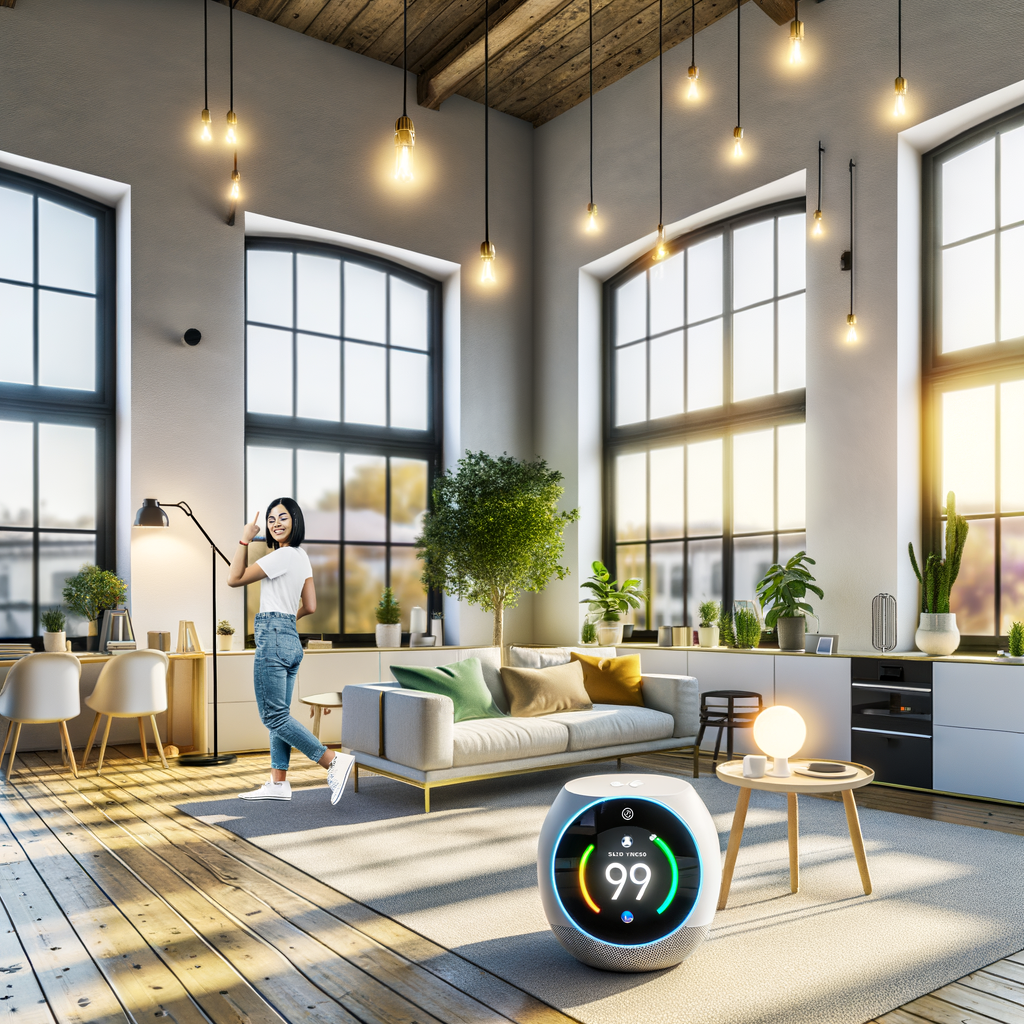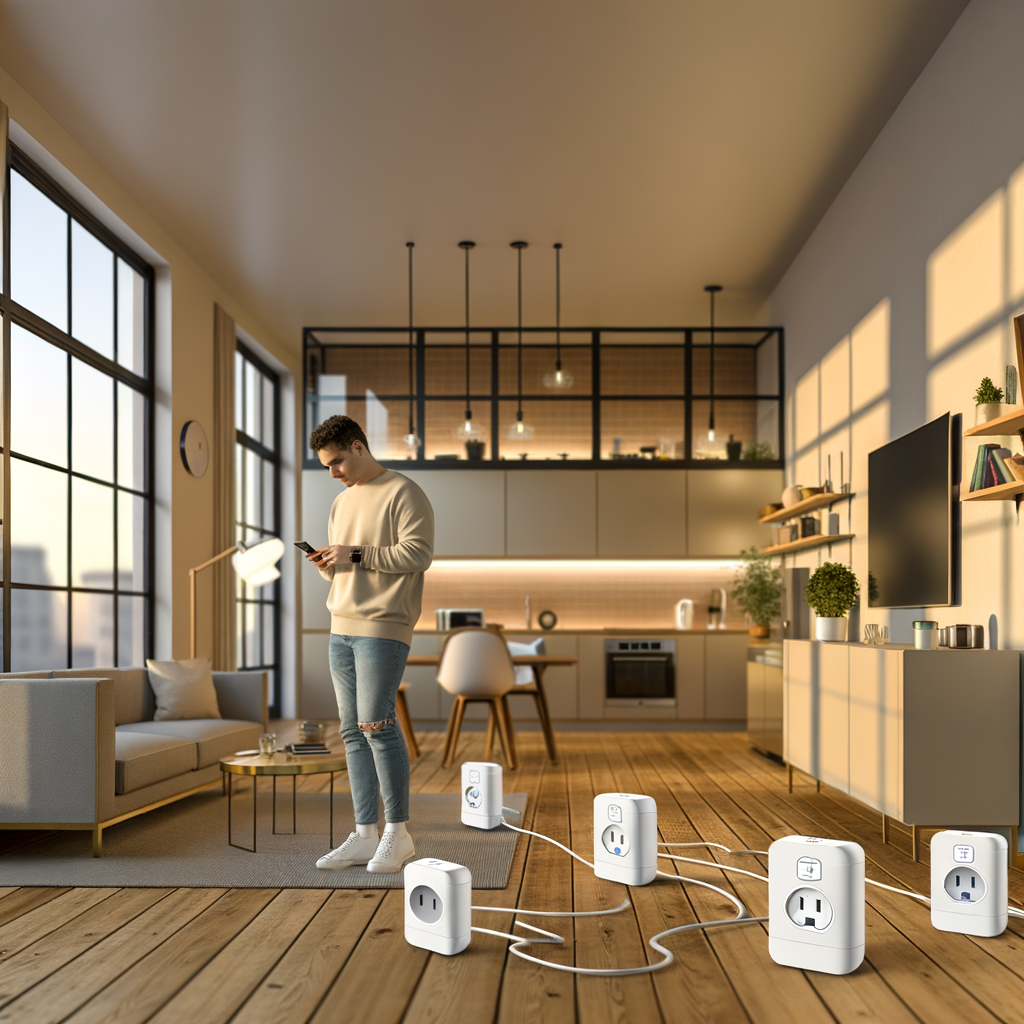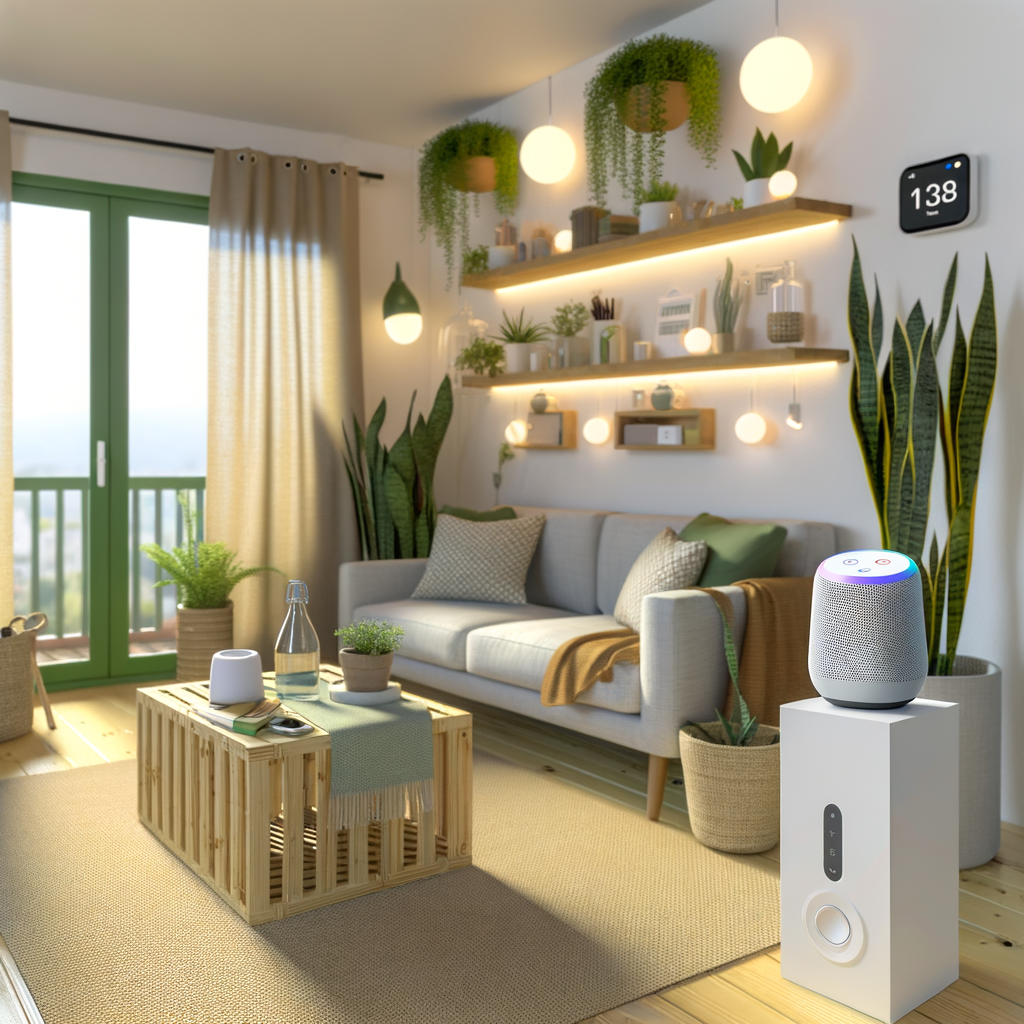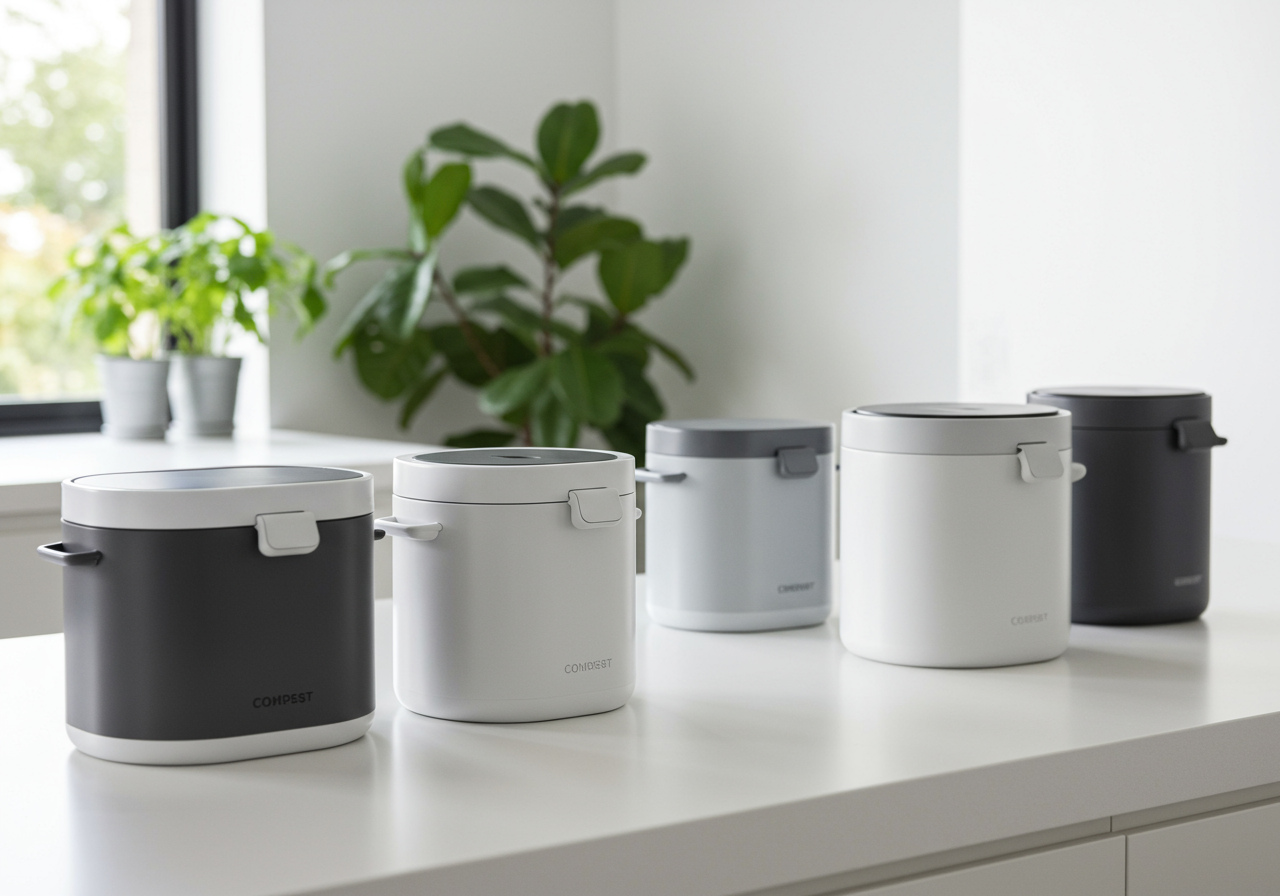Myth-Busting Smart Homes: 7 Misconceptions Renters Have About Eco-Friendly Tech
Smart home technology is booming, promising more convenience, security, and energy efficiency than ever before. For renters eager to make sustainable choices, smart eco-friendly tech is an appealing option. Still, plenty of myths persist about what’s possible—and practical—for those who don’t own their homes.
Let’s clear the air by tackling the most common misconceptions renters have about smart home technology for eco-friendly living. If you’ve written off smart gadgets as too expensive, complicated, or “for homeowners only,” this guide is for you.
1. Myth: Smart Home Tech Is Only for Homeowners
Fact: Many smart devices are actually renter-friendly and don’t require permanent alterations to your space.
Why Renters Assume This
- Fear of damaging walls or wiring
- Rental agreements that ban permanent installations
- Lack of awareness about portable/plug-and-play options
Real Solutions for Renters
- Plug-in smart thermostats: Devices like the Google Nest Thermostat can often be installed without complex wiring—sometimes simply replacing an existing thermostat, with landlord approval.
- Smart plugs and power strips: Instantly upgrade any lamp or appliance to a “smart device” just by plugging it in. These require zero installation.
- Wireless sensors and bulbs: Battery-powered motion sensors, humidity sensors, and smart bulbs (like Philips Hue) can be stuck or screwed in and easily removed when you move out.
Action Tip: Before investing, always check your lease and consider devices designed specifically for renters. Many brands even advertise their products as “no tools required” or “renter-approved.”
2. Myth: Eco-Friendly Smart Devices Are Too Expensive
Fact: While premium options exist, many eco-smart home products are affordable—and could save you money in the long run.
Breaking Down the Numbers
- Smart plugs: Starting at $10-$20 each, they pay for themselves with even modest energy savings.
- Smart thermostats: Entry-level models often retail for under $100. Many local utilities offer rebates or incentives for installation, which can dramatically cut the price.
- LED smart bulbs: Priced around $15 each, they last much longer and use up to 80% less energy than traditional bulbs.
Money-Saving Bonus: Because smart tech helps you identify and cut waste (like “vampire” energy from always-on devices), it can lower monthly bills. Over time, savings often outweigh the upfront cost.
Action Tip: Check with your utility company about rebates for devices like smart thermostats and energy monitoring plugs—you might be eligible for a free or heavily discounted upgrade.
3. Myth: Installation Is Complicated or Requires Technical Expertise
Fact: Most modern smart home products are designed for DIY setup without any special skills.
What’s Actually Involved?
- App-guided installation: Most smart devices guide you with step-by-step instructions and videos via a mobile app.
- No wiring necessary: Smart plugs, LED bulbs, and sensors are plug-and-play or screw-in, just like standard devices.
- Minimal tools: Peel-and-stick or magnetic sensors require no tools whatsoever.
How to Set Yourself Up for Success
- Choose devices labeled “no hub required” for simplest installation.
- Have your Wi-Fi password handy—most devices will ask for it during setup.
- Consult YouTube or manufacturer’s support for extra walkthroughs if needed.
Action Tip: Install one device at a time and test thoroughly. Once you’ve mastered one gadget, adding new ones will be a breeze.
4. Myth: Smart Devices Waste Energy, So They’re Not Truly Eco-Friendly
Fact: Smart tech uses a tiny amount of energy to operate—but saves much more by helping you minimize waste.
The Real Numbers
- Smart plugs and sensors typically draw less than 1 watt when idle.
- Smart thermostats can cut heating and cooling bills by 10-20% by automating schedules and detecting when you’re away.
- Automated lighting ensures you never forget to turn off a bulb—especially in frequently used areas.
Eco Benefits Outweigh the Costs
- Real-time monitoring: Spot and eliminate “energy vampires” (devices that drain power while not in use).
- Automated zones: Heat or cool only occupied rooms, or shut off lights when everyone leaves home.
Action Tip: Use the data from your smart devices to adjust your own habits. Even small daily tweaks can add up to big savings over time.
5. Myth: Smart Home Tech Is a Security Risk (And Can’t Be Trusted)
Fact: Leading smart home products use robust encryption, and you control what’s shared. Responsible use can minimize any risk.
Understanding the Concerns
- Fears of “hacked” smart devices or camera leaks
- Concerns about privacy and data sharing
Staying Safe with Smart Tech
- Buy from reputable brands with transparent privacy policies.
- Always change default passwords on new devices.
- Keep your devices’ firmware (software) up to date for latest security patches.
- Avoid connecting unnecessary devices to your network—stick to eco-tech that adds real value.
Action Tip: Use a separate “guest” Wi-Fi network for your smart devices if your router supports it. This keeps your computers and private data more isolated from new gadgets.
6. Myth: Renters Can’t Take Their Smart Tech with Them When They Move
Fact: Most smart home devices are portable and easy to uninstall, making them a great investment for renters on the move.
Easy Devices to Relocate
- Smart plugs and smart bulbs: Simply unplug or unscrew before you leave.
- Wireless security cameras: Most use adhesives or magnetic mounts that won’t damage walls.
- Smart thermostats: With landlord pre-approval, keep the original and swap it back before you move out.
- Sensors: Battery-powered or peel-and-stick designs come right off without trace.
Planning for Your Next Place
- Keep the original packaging for easy transport and resale value.
- Document your device setup (especially for thermostats) so you can quickly reinstall at your new address.
Action Tip: If you do a more permanent install (like for a smart thermostat), always store any removed fixtures to reinstall before moving out. Snap a quick video of the wiring to remember the setup.
7. Myth: Smart Homes Require a Complete Overhaul to Be Effective
Fact: You can make a real difference with just a few targeted smart devices. It’s not all-or-nothing!
Start Small, Gain Big Benefits
- 1-2 smart plugs: Perfect for the most-used lamps, space heaters, or entertainment centers.
- Smart thermostat: As little as one device can optimize an entire apartment’s climate control.
- LED smart bulbs: Start with your highest-use fixtures, like kitchen or hallway lights.
- Energy monitoring plug: Identify your top energy hogs and adjust use accordingly.
What You’ll Gain
- Immediate feedback on your power use
- Enhanced comfort and convenience (less getting up to flip switches!)
- A strong argument for more efficient energy bills, especially in shared rentals
Action Tip: Pick the area where you suspect you waste the most energy (lighting? AC?) and start your smart upgrade there. You’ll see the benefit—and gain confidence for further enhancements.




